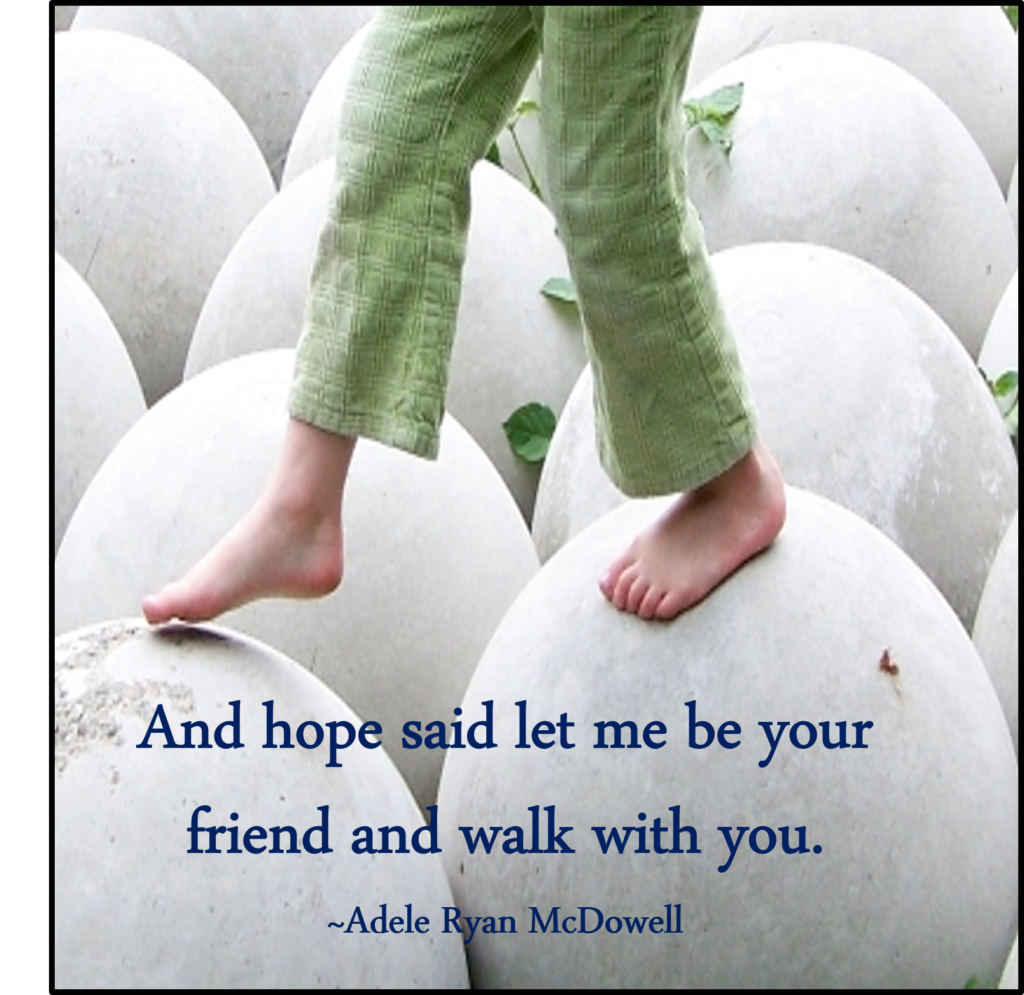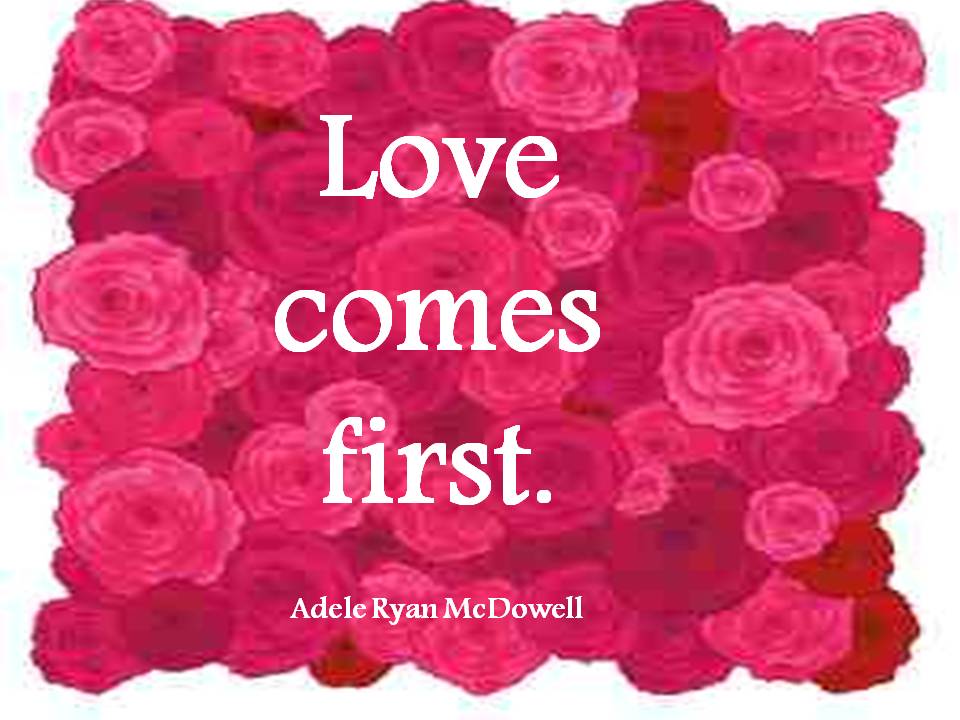 Today is World Prevention Suicide Day
Today is World Prevention Suicide Day
It makes me sad that we have such a day, but it is necessary. Suicide must surely be out of the closet by now. It happens. It happens every 40 seconds, on average, around the globe per the World Health Organization, and in the United States there is one suicide, on average, every 13 minutes.
Even more startling are the numbers of those who have attempted suicide. The National Suicide Research Foundation reports that suicide attempts are 20 times greater than a suicide. US statistics allow there are 5 million living Americans – the population of Norway — who have attempted suicide.
And let us not forget the surviving loved ones of those who have died by suicide. The estimates start at five people being impacted per suicide and have risen to 32 or more people who are directly in the wake of a single suicide. Given my experience, I would most certainly go with the larger number. Not only is there family, but there are friends, co-workers and others who are part of the individual’s orbit of connection. And these survivors of suicide can be so traumatized by the sudden loss of their loved one that they, too, are at risk for suicide themselves.
Why does suicide happen?
Generally speaking, suicide happens because at that moment in time — and with the likely impact of extreme emotional pain, haywire neurochemistry, constricted thinking, trauma, dire circumstances, and/or the influence of substances — it felt like the only response to end the agony of their life.
We are talking about a great deal of pain – be it the person who died by suicide, attempted suicide, considered suicide and/or is surviving the loss of a loved by suicide.
What can we do to help make a difference?
Here are 13 small steps that we can all take to help tip the balance in favor of life. We never know the impact we make on one another:
- Be neighborly.
Reach out to decrease loneliness and isolation. I love the story of the woman who would occasionally leave freshly baked pies for her very lonely, dismissive and cantankerous neighbor. After almost 16 months, the wall finally came down and a connection was made.
- Become the anti-bully.
Become tolerant of others. Don’t punish differences. Be it hair color, body size, sexual preferences, clothing choices, religion, culture, race, socioeconomic status, level of education, kind of work, appearance or any other something that is different from you, learn to accept.
Making someone feel small, belittled and terrified does not serve any of us. And that kind of terror begets terror. Let’s stop the cycle and increase the cognitive dissonance around bullying.
- Seek help.
Check out your local resources and find help for your depression, addiction, run-away anxiety, PTSD and other mental health concerns. You don’t have to do it alone. There’s no shame in getting help. Ever. We all need a helping hand from time to time.
- Be kind.
Give others the benefit of the doubt. Lend a helping hand. Proffer a smile. Or simple be present and acknowledge. Kindness is never wasted. It positively shifts energies and impacts the neuroplasticity of our brains. Not only does kindness makes us feel good, it’s good prophylactic medicine.
- Be proactive.
Write a check, volunteer or take steps to help those of in need of a job, a bed, a meal or how to read a book. Advocate for mental health resources. Support our veterans. Every little bit does count.
- Work on your emotional intelligence (EQ).
Fluency in expressing our feelings in a direct, non-threatening way we can make a huge difference in our personal interactions. It helps us feel connected and understood. After all, we are social beings.
- Make peace with yourself.
No more cursing at your inner demons. No more emotionally leaking or ranting and raving due to your unhealed childhood wounds. If needed, get help. And learn to accept – and, even, love – your very humanness.
- No more bad-mouthing.
Put an end to the snarky comments, gossiping and mean-spirited character attacks. Put judgment and criticism in the deep freeze. We never know someone’s situation, particular context or backstory. As the saying goes, everyone is struggling and fighting their own battles, a running, pejorative commentary of another only causes more pain.
- Develop your cultural IQ (CQ).
We all share one blue-green marble. Let’s respect our wealth of cultures and learn to understand one another. The more we learn, the greater are our experiences as we expand our respective comfort zones. Crickets may not be my go-to food, but I am happy you are enjoying your crunchy meal. There is room and space for each of us.
- Practice compassion.
Who needs judgment? Practice compassion. Compassion asks us to walk in one another’s shoes. Compassion asks us to treat others the way we would wish to be treated. Compassion asks us to lead from the heart.
- Practice Latitude.
Everyone has a bad day, a bad season or, even, a bad couple of years. Sometimes, we just need to let it go, let it slide and give the other person (or ourselves) a break. Sometimes, what we don’t say can be the greatest gift of all. Latitude allows us to take a breath and re-center.
In the behavioral sciences, we know that accentuating the positive goes much farther than harping on the negative. With discernment, you will know where to practice latitude.
- Talk and disempower the stigma of suicide.
Suicide is universal and global. It has been around since the earliest of times. Suicide has been tainted by taboo, shame and guilt. Don’t be afraid to talk about suicide. Bring it out in the open. Don’t be afraid to ask. The “S” word is far too prevalent for us to ignore its presence or to be in denial. Let’s have heart-to-heart conversations and put suicide in the light of day. No more secrets. No more hiding. Let’s talk. Let’s connect and change the paradigm.
- Be a power of example.
Our actions often speak louder than our words. Walk in your integrity, coherence and with an open heart. Share some of your light. It can help ease the darkness
 Loss is never easy. Loss leaves us speechless and shaking with emotion. How do any of us walk through this miasma of agony? As you well know, we just do … one foot in front of the other. Life does continue, day after day.
Loss is never easy. Loss leaves us speechless and shaking with emotion. How do any of us walk through this miasma of agony? As you well know, we just do … one foot in front of the other. Life does continue, day after day.







